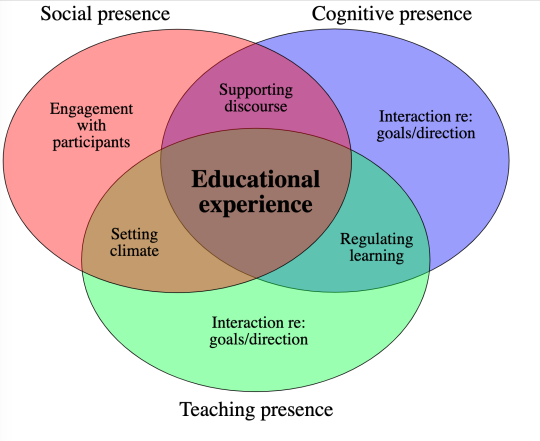By now our PBL-group have come a long way in actually collaborating. This means that we also had a really nice experience discussing the topic and learn from each other’s experiences in regard to what it takes, and what the challenges might be when it comes to designing good and solid online learning.
Designing and running online learning is not only about the pedagogical design, it is also important to have the right resources at hand, and to have a solid anchoring both at the management and the administrative support. Online learning is not a way of saving money for the institution. Quite often, online courses demand more resources than running and offering ordinary f2f courses. The reason for this is:
- If you (and the institution) are to design a new course from scratch, or also that has not been taught online, it takes quite some human and financial resources to do so. One cannot simply transfer ordinary teaching and learning to online teaching and learning. There are many aspects that needs to be considered. What resources are available? What amount of support can you expect? Are there criteria for the the exam that needs to be followed…?
- How self-driven should this course be? Since these students for the most time are online, and not at campus where they more easily can find support/people to ask, you will have to take this into account when designing. You will also have to expect to facilitate and guide these students more one-to-one, and in groups than you would for ordinary campus lectures. (Having said this, there are of course ways of designing the course so that it is more self-driven, like with traditional MOOCs for instant).
Gilly Salmon and her 5-stage model, is already well known to me. When facilitating online learning, this model offers solid support to make sure you provide the students with good opportunities to learn together. I must admit though, that I have not been fully aware of the Community of Inquiry (CoI) methodology and framework (as presented by Vaughan, N. D., Cleveland-Innes, M., & Garrison, D. R. (2013),) earlier, and I am thrilled that my attention has been drawn to it. This might be what online and blended learning needs to focus on in order to ensure learning, progress and also student satisfaction. It is often a higher risk of students not following through (or even quitting all together) in online learning. Of numerous reasons, but one is the lack of feeling the presence of both teacher and fellow students, which in turn makes it easier to not feel responsible for the learning outcome of the group and for oneself. The CoI offers a framework for building and focusing on presence in a variety of forms, that will help ensure a healthy learning environment where students feel free to explore and discuss and reflect on their learning together.

Retrieved from Wikimedia Commons 12.05.19
Litterature:
Salmon, G (2013) The Five Stage Model. [Homepage] http://www.gillysalmon.com/five-stage-model.html
Vaughan, N. D., Cleveland-Innes, M., & Garrison, D. R. (2013). Teaching in blended learning environments: Creating and sustaining communities of inquiry. Edmonton: AU Press. Chapter 1 “The Community of Inquiry Conceptual framework”.
